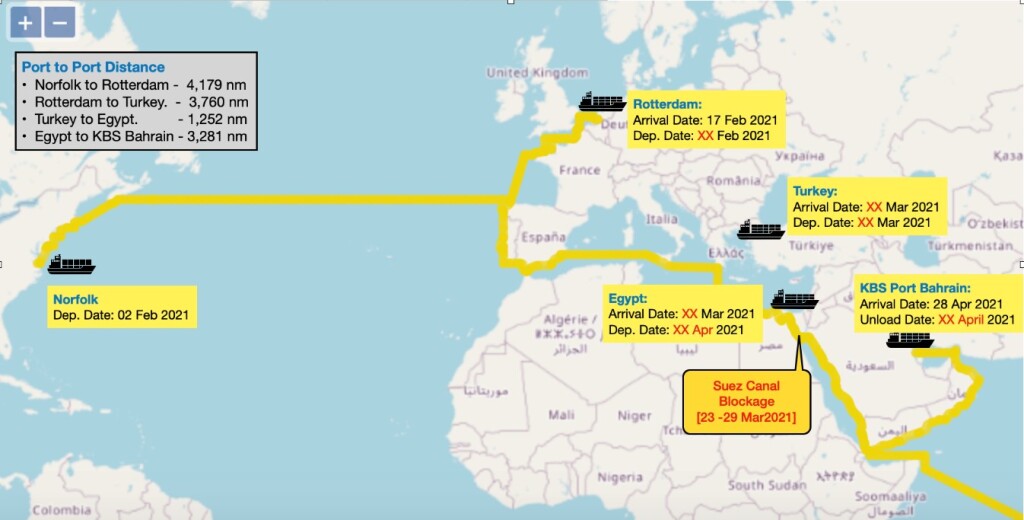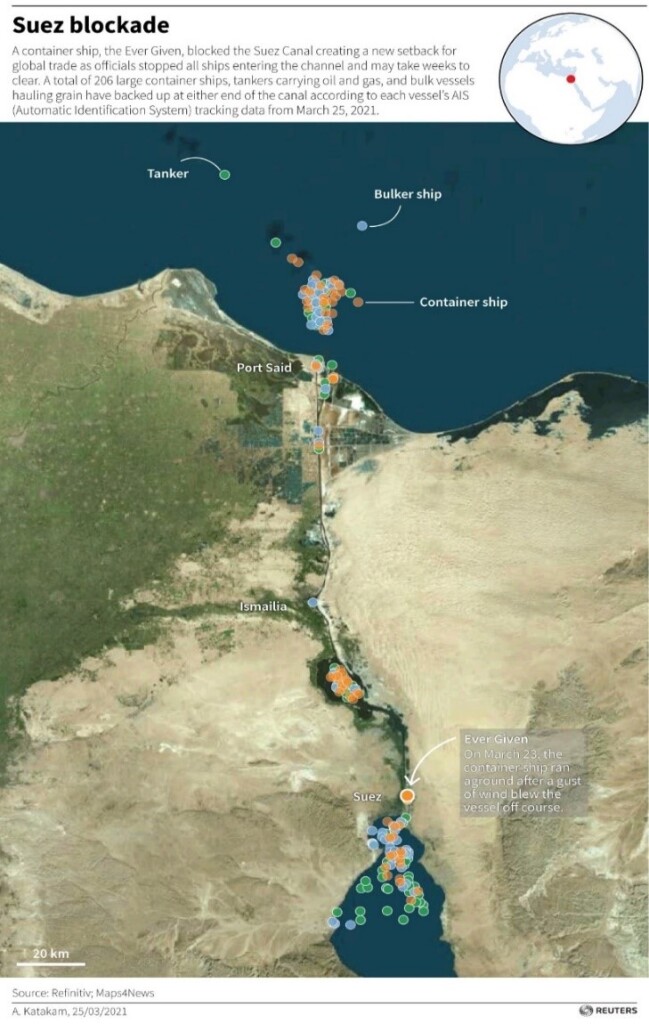AUTHOR: Pruthvi Shankar Sira
TUTORS: Prof. Emanuele Banchi, Prof. Ing. Giovanni Franchi
INTERNSHIP: SEPCOIII Bahrain Construction Company S.P.C.
MASTER: Master in “CONTRACT, CLAIM AND DELAY MANAGEMENT IN CONSTRUCTION WORK” a.a 2020/21
Delays and interruption to contractors’ progress, often resulting in time and cost overruns, are a major source of claims and disputes in the construction industry. The matter in dispute is often, the question of responsibility of the delay, and if neither Contractor nor Employer is responsible for the delay event, the next question to follow is who will own the risks of time and cost arising due to such excusable delays, and what is the most practical approach to seek an Extension of Time (EOT) under such scenarios.
Various methodologies and standard protocols from recognized organizations have been developed as a guide over the years to answer these questions. Whilst much has been written about delays and delay analysis techniques, there is limited information on the extent of use of appropriate methodology in real practice to obtain time and cost relief under EPC contracts due to the delays arising from unforeseeable conditions such as Covid-19 Pandemic or Suez Canal blockade.
Here we try to analyze a similar situation from an EPC contractor (Engineering, Procurement and Construction) point of view, in an Onshore Services Contract for procurement, construction, testing and commissioning inside the Kingdom of Bahrain. Discussion is mainly about how the Contractor suffered delays due to Suez Canal Blockade and its after effects, followed by broadly discussing the steps undertaken to analyze these delays in order to submit a successful case of EOT claim.
The project cargoes containing critical equipment, Steam Turbine Generator 20 (STG20) and Steam Turbine 20 (ST20) were loaded on a Vessel from Norfolk, on 02 February 2021 and from Rotterdam on 18 February 2021, respectively. They were supposed to take the route to Turkey, then go through the Red Sea area via Suez Canal, and arrive at KBS port in Bahrain on 15 April 2021. However, on 23rd March 2021, the Suez Canal Blockage incident happened by overturning of a massive cargo ship “Ever Given”, this matter attracted the attention of the whole world, and significantly affected the global trade and shipping industry that passed through the Suez Canal.
The geographical location of Vessel on 24th March was at Port of Iskenderun, Turkey, which is roughly around 450 miles from Port of Said (Entry point to Suez canal), with a forecast to transit through Suez canal in the next few days. However, due to the above congestion, along with many other vessels, this vessel was also stuck in the Mediterranean sea.
The incident reflected immediately in markets. Companies in the Middle East and Asia were put on alert and had to find ways to navigate the resulting halt or delay in supplies. Even after the Blockage was cleared on 26th March, vessels were prioritized to pass through the Suez canal, based on the perishable cargo each vessel was carrying. So, only by the 03rd of April, Suez canal was declared congestion free, although this 10 day congestion would go on to have domino effect for many weeks after the incident.
The equipment finally reached the project site only by last week of June 2021. This delayed delivery subsequently delayed the Contractor’s site activities to the extent that the time for completion of the milestone of the Commercial Operation Date (COD) was extended, as per the forecast projection. A prospective analysis of the critical path by way of Time-impact analysis (TIA) demonstrated that, Guaranteed Completion Date for COD had been potentially delayed by 24 days, because of the above-mentioned events. These incidents fall under the category of events that qualify for seeking relief from liquidated damages as per the EPC contract.
The learnings from the Masters programme at Politecnico Di Milano were synthesized towards developing a framework for implementing an appropriate delay analysis methodology for a successful Extension of Time (EOT) claim.
The methodology adopted in undertaking this research had an approach involving first, a detailed review of the relevant literature and study materials from Masters Course, followed by several delay analysis and claims workshops conducted within the organization. It included, data collection methodology, followed by establishing a detail query and feedback process to collect the chronological data with the aid of Microsoft Excel and Primavera P6 (Oracle scheduling software). The next step involved the usage of this data in models to categorize the delays and verify the impact of each delay event on the relevant activities and milestones.
Firstly, based on the requirements of the EPC contract and taking relevant guidance from some established protocols, a combination of delay analysis techniques, viz. Time Impact Analysis (TIA) and Time slice window analysis was developed to be made use of. Followed by the modelling of contemporaneously updated monthly schedules with delay events (fragnets), representing how the schedules forecast the impact on milestones, once the delay fragnets are introduced in those particular windows. To conclude, after completing the above procedure for the entire phase of the project milestone, the potential cumulative delay was calculated. After which an interim claim to seek entitlement for cumulative time relief under the EPC contract was submitted.
The key feature of this analysis is about how an EOT claim in an EPC project, with guaranteed milestones affected by multiple delay events, can be developed with the help of appropriate delay analysis methodologies, recommended protocols, specific scheduling tools, and learnings from the Masters course, in order to ensure the claim built is comprehensive yet simple to understand, thus enhancing the probability of a successful entitlement, with fewer chances of a dispute.



